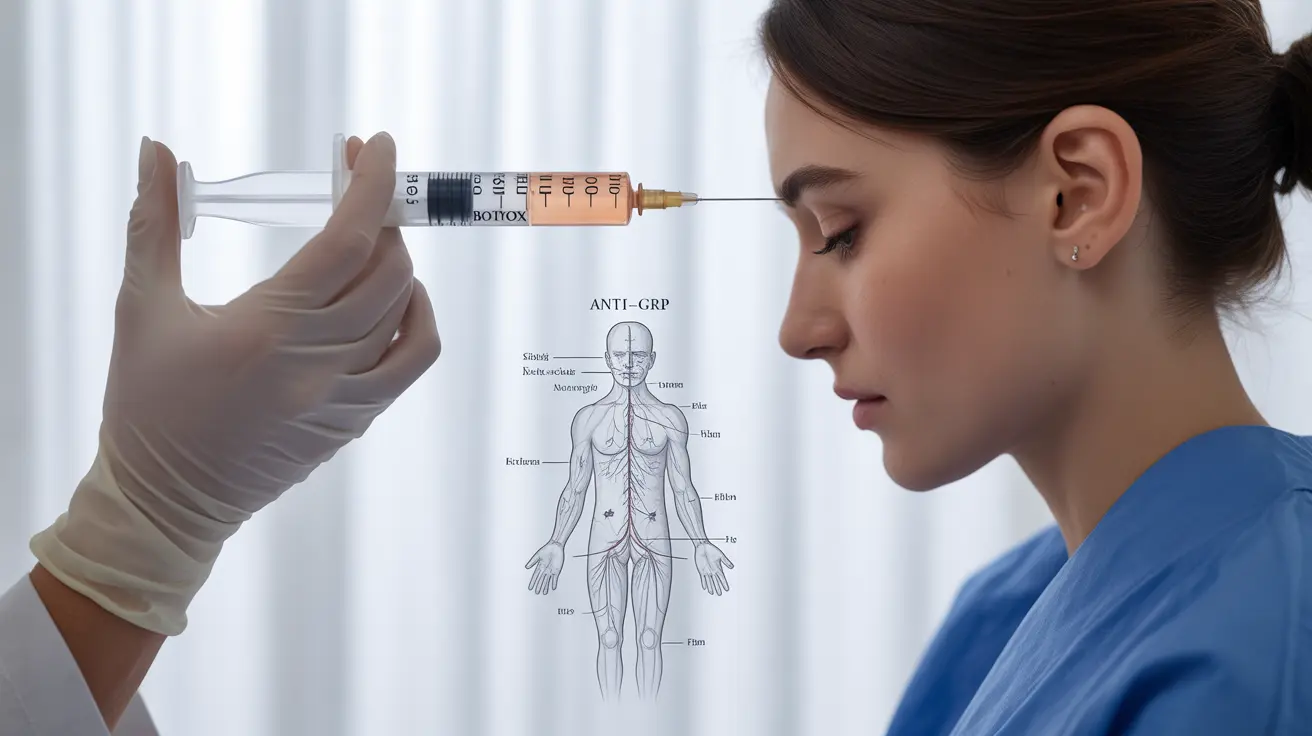For millions of people suffering from debilitating migraines, injectable treatments offer hope for both immediate relief and long-term prevention. These shots for migraines have revolutionized treatment options, providing powerful solutions when oral medications prove insufficient. Understanding the various types of injectable treatments, their effectiveness, and safety profiles is crucial for making informed decisions about migraine management.
Types of Injectable Migraine Treatments
Several different types of shots for migraines are available, each serving specific purposes in migraine management. These treatments can be broadly categorized into acute treatments and preventive medications.
Acute Injectable Treatments
Sumatriptan and other injectable triptans are designed for rapid relief during active migraine attacks. These medications work by targeting specific receptors in the brain, constricting blood vessels and blocking pain pathways. They're particularly effective when taken at the first sign of a migraine.
Preventive Injectable Treatments
Preventive treatments focus on reducing the frequency and severity of migraines before they occur. Two main categories have shown significant promise:
- Botox (OnabotulinumtoxinA) injections
- Anti-CGRP monoclonal antibodies
How Botox Works for Migraine Prevention
Botox injections represent a significant advancement in migraine prevention. The treatment involves multiple injections administered every three months by a qualified healthcare provider. These injections work by blocking neurotransmitters that carry pain signals, effectively reducing migraine frequency and intensity in many patients.
Common Botox Side Effects
While generally well-tolerated, patients should be aware of potential side effects:
- Neck pain
- Injection site discomfort
- Temporary muscle weakness
- Eyelid drooping
- Headache
Anti-CGRP Injectable Medications
Anti-CGRP medications represent the newest class of injectable migraine treatments. These biologics target the calcitonin gene-related peptide (CGRP), a protein involved in pain transmission and inflammation during migraine attacks. Unlike Botox, these medications are typically self-administered monthly or quarterly.
Guidelines for Injectable Treatment Success
To maximize the benefits of injectable migraine treatments, patients should:
- Maintain a consistent treatment schedule
- Keep detailed headache diaries
- Follow proper injection techniques
- Report any side effects to their healthcare provider
- Combine treatments with lifestyle modifications
Frequently Asked Questions
What are the most effective "shots for migraines" that can help reduce migraine frequency and severity?
The most effective injectable treatments include Botox for chronic migraine prevention and anti-CGRP medications like Aimovig, Emgality, and Ajovy. For acute treatment, sumatriptan injections have shown high efficacy rates in stopping active migraine attacks.
How do Botox injections work to prevent chronic migraines, and what are the common side effects?
Botox works by blocking neurotransmitters that carry pain signals to the brain. Common side effects include neck pain, injection site reactions, temporary muscle weakness, and occasional eyelid drooping. These effects are typically mild and temporary.
What is the difference between anti-CGRP medications and Botox for treating migraines, and which is more effective?
Anti-CGRP medications target a specific protein involved in migraine pain, while Botox blocks multiple pain pathways. Both treatments show similar effectiveness rates, but individual response varies. Anti-CGRPs are self-administered monthly or quarterly, while Botox requires professional administration every three months.
Can sumatriptan injections be used both for acute and chronic migraine prevention, or are they only for immediate relief?
Sumatriptan injections are specifically designed for acute treatment only and should not be used for prevention. They provide rapid relief during active migraine attacks but are not appropriate for long-term preventive therapy.
Are injectable migraine treatments like Botox and anti-CGRP medications safe to use during pregnancy or while breastfeeding?
The safety of injectable migraine treatments during pregnancy and breastfeeding varies by medication. Botox is generally not recommended during pregnancy, and anti-CGRP medications have limited safety data. Patients should discuss their specific situation with their healthcare provider to determine the safest treatment approach.




